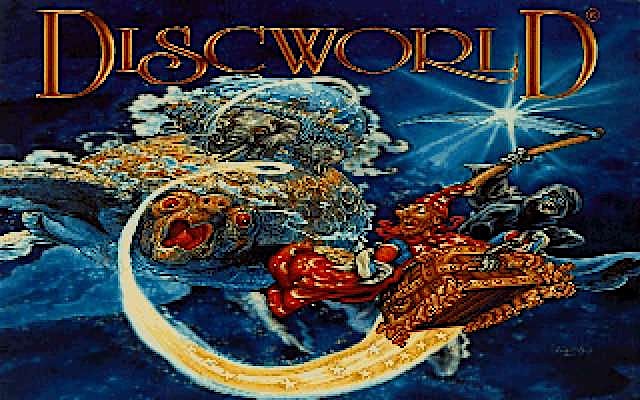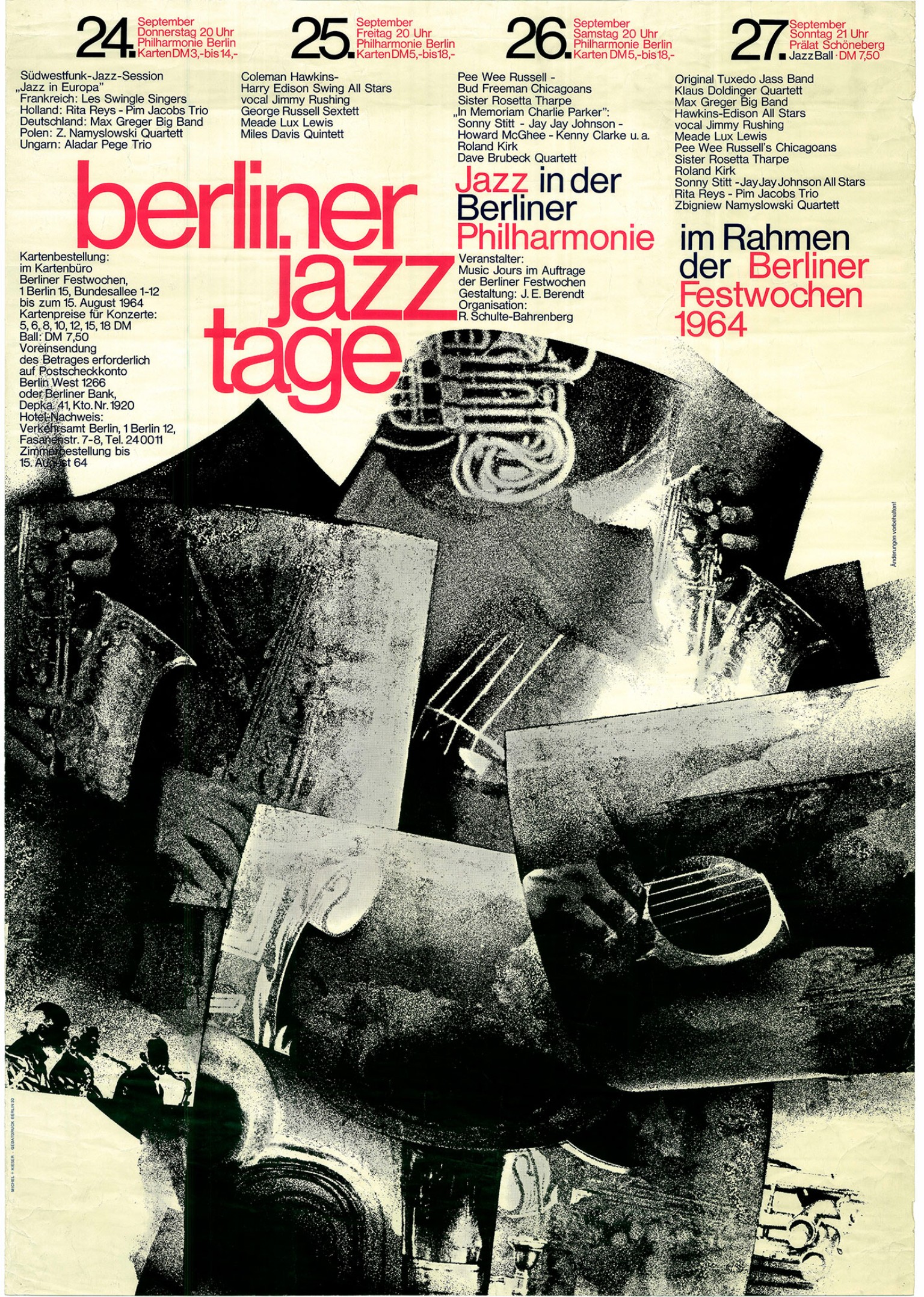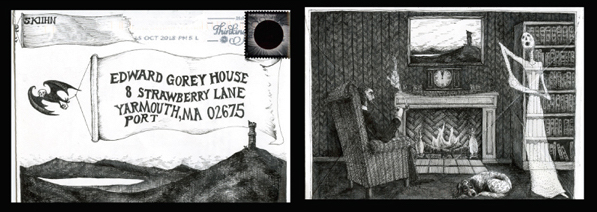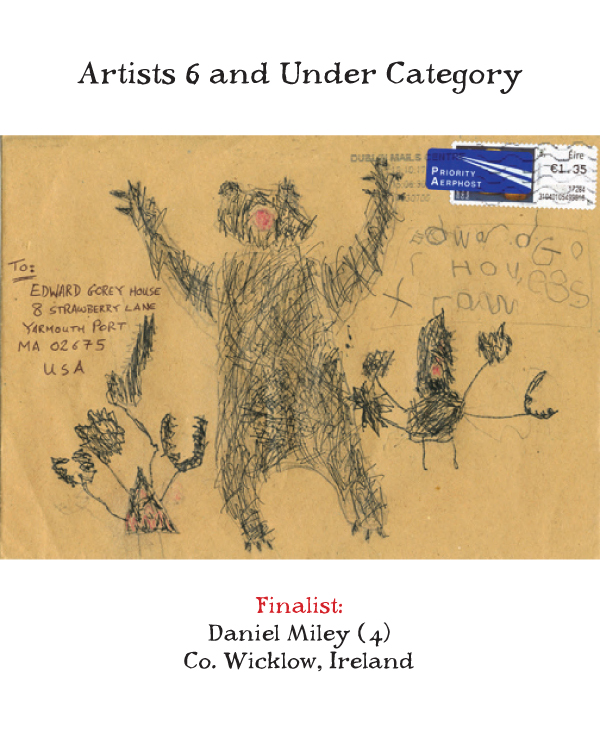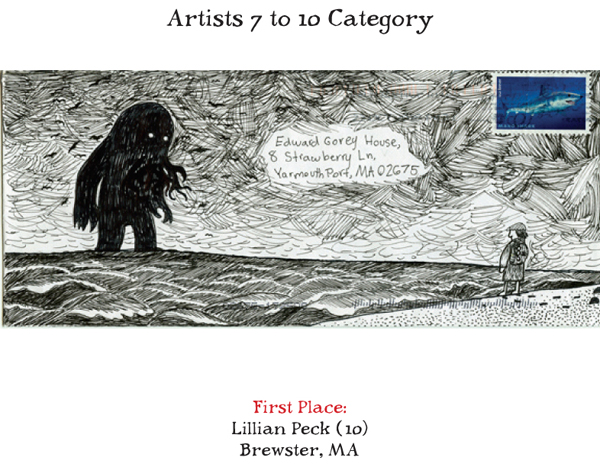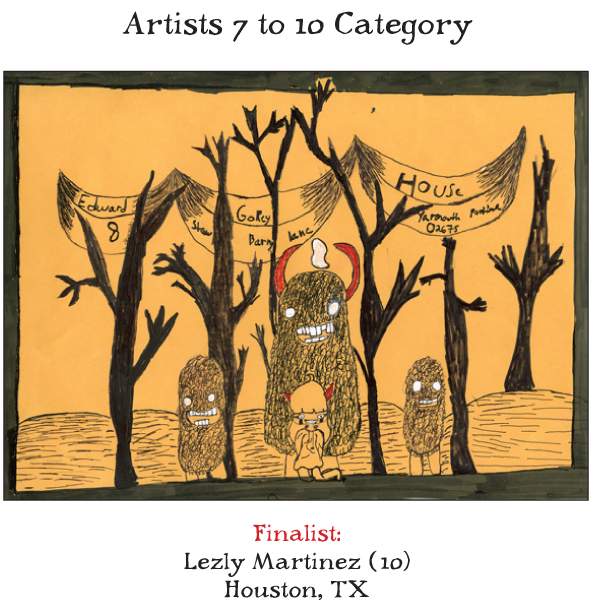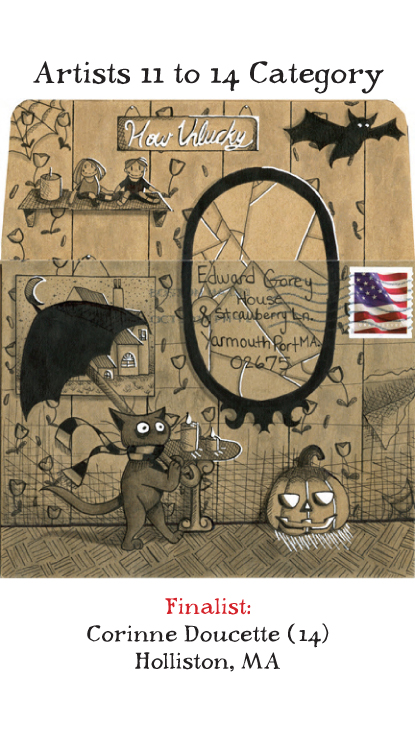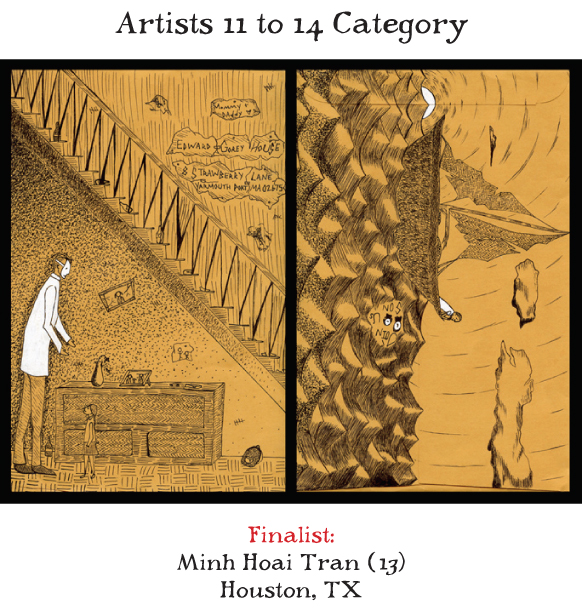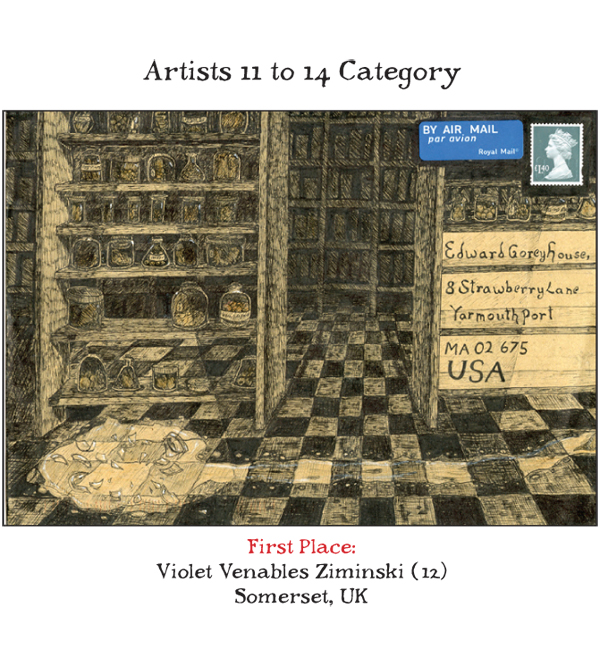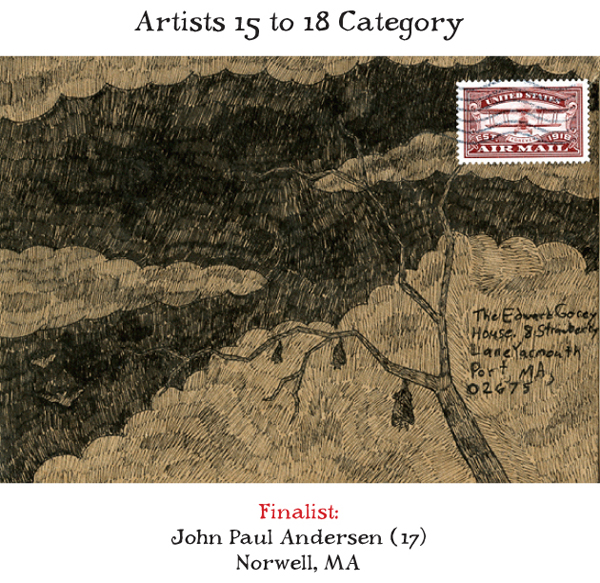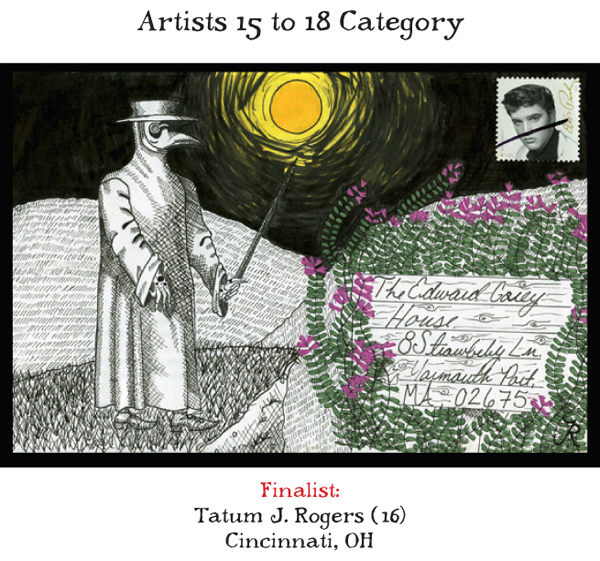[Most Recent Entries] [Calendar View]
Monday, October 21st, 2019
| Time | Event |
| 8:00a | The Internet Archive Makes 2,500 More Classic MS-DOS Video Games Free to Play Online: Alone in the Dark, Doom, Microsoft Adventure, and Others Back in 2015 we let you know that the Internet Archive made 2,400 computer games from the era of MS-DOS free to play online: titles like Commander Keen, Scorched Earth, and Prince of Persia may have brought back fond 1990s gaming memories, as well as promised hours of more such enjoyment here in the 21st century. That set of games included Id Software's Wolfenstein 3D, which created the genre of the first-person shooter as we know it, but the Internet Archive's latest DOS-game upload — an addition of more than 2,500 titles — includes its follow-up Doom, which took computer gaming itself to, as it were, a new level.
The Internet Archive's Jason Scott calls this "our biggest update yet, ranging from tiny recent independent productions to long-forgotten big-name releases from decades ago." After detailing some of the technical challenges he and his team faced in getting many of the games to work properly in web browsers on modern computers — "a lot has changed under the hood and programs were sometimes only written to work on very specific hardware and a very specific setup" — he makes a few recommendations from this newest crop of games. Scott's picks include Microsoft Adventure, the DOS version of the very first computer adventure game; the 1960s-themed racer Street Rod; and Super Munchers, one in a line of educational titles all of us of a certain generation will remember from our classroom computers. Oddities highlighted by classic game enthusiasts around the internet include Mr. Blobby, based on the eponymous character from the BBC comedy show Noel's House Party; the undoubtedly thrilling simulator President Elect - 1988 Edition; and Zool, the only ninja-space-alien platformer sponsored by lollipop brand Chupa Chups.
This addition of 2,500 computer games to the Internet Archive also brings in no few undisputed classics whose influence on the art and design of games is still felt today: Alone in the Dark, for example, progenitor of the entire survival-horror genre; Microsoft Flight Simulator, inspiration for a generation of pilots; and SimCity 2000, inspiration for a generation of urban planners. Among the adventure games, one of the strongest genres of the MS-DOS era, we have Discworld, based on Terry Pratchett's comedic fantasy novels, and from the mind of Harlan Ellison the somewhat less comedic I Have No Mouth and I Must Scream. One glance at the Internet Archive's updated computer game collection reveals that, no matter how many games you played in the 90s, you'll never be able to play them all. Get more information on the new batch of games at the Internet Archive. via Boing Boing Related Content: The Internet Arcade Lets You Play 900 Vintage Video Games in Your Web Browser (Free) Free: Play 2,400 Vintage Computer Games in Your Web Browser 1,100 Classic Arcade Machines Added to the Internet Arcade: Play Them Free Online Based in Seoul, Colin Marshall writes and broadcasts on cities, language, and culture. His projects include the book The Stateless City: a Walk through 21st-Century Los Angeles and the video series The City in Cinema. Follow him on Twitter at @colinmarshall or on Facebook. The Internet Archive Makes 2,500 More Classic MS-DOS Video Games Free to Play Online: Alone in the Dark, Doom, Microsoft Adventure, and Others is a post from: Open Culture. Follow us on Facebook, Twitter, and Google Plus, or get our Daily Email. And don't miss our big collections of Free Online Courses, Free Online Movies, Free eBooks, Free Audio Books, Free Foreign Language Lessons, and MOOCs. |
| 11:00a | Martin Luther King Jr. Explains the Importance of Jazz: Hear the Speech He Gave at the First Berlin Jazz Festival (1964) Martin Luther King Jr.’s dream of full inclusion for Black Americans still seems painfully unreal fifty years after his death. By most significant measures, the U.S. has regressed. De facto housing and school segregation are entrenched (and worsening since the 60s and 70s in many cities); voting rights erode one court ruling at a time; the racial wealth gap has widened significantly; and open displays of racist hate and violence grow more worrisome by the day. Yet the movement was not only about winning political victories, though these were surely the concrete basis for its vision of liberation. It was also very much a cultural struggle. Black artists felt forced by circumstances to choose whether they would keep entertaining all-white audiences and pretending all was well. “There were no more sidelines,” writes Ashawnta Jackson at JSTOR Daily. This was certainly the case for that most American of art forms, jazz. “Jazz musicians, like any other American, had the duty to speak to the world around them, and to oppose the brutal conditions for Black Americans.” Many of those musicians could not stay silent after the murder of Emmett Till, the 16th Street Baptist Church bombing in Birmingham, and a string of other highly publicized and horrific attacks. Jazz was changing. As Amiri Baraka wrote in a 1962 essay, “the musicians who played it were loudly outspoken about who they thought they were. ‘If you don’t like it, don’t listen’ was the attitude.” That attitude came to define post-Civil Rights Black American culture, a defiant turn away from appeasing white audiences and ignoring racism.
As jazz musicians embraced the movement, so the movement embraced jazz. While King himself is usually associated with the gospel singers he loved, he had a deep respect for jazz as a form that spoke of “some new hope or sense of triumph.” Jazz, wrote King in his opening address for the 1964 Berlin Jazz Festival, “is triumphant music…. When life itself offers no order and meaning, the musician creates an order and meaning from the sounds of the earth which flow through his instrument. It is no wonder that so much of the search for identity among American Negroes was championed by Jazz musicians.” Jazz not only gave order to chaotic, “complicated urban existence," it also provided critical emotional support for the Movement.
King’s take on jazz paralleled his articulations of the movement's goals—he always understood that the particular struggles of Black Americans had specific historical roots, and required specific political remedies. But ultimately, he believed that everyone should be treated with dignity and respect, and have access to the same opportunities and the same protections under the law.
Jazz music, said King, “is a stepping stone towards all of these.” Wrought “out of oppression,” it is music, he said, that “speaks for life," even in the midst of what could seem like death and defeat. Read King’s full address at WCLK 91.9. And at the top of the post, hear the speech read by San Francisco Bay Area artists for a 2012 celebration on King’s birthday. The 1964 Berlin Jazz Festival (poster above) was the first in the illustrious annual event. See many other stunning posters from the series here. via JSTOR Daily Related Content: Martin Luther King Jr. Explains the Importance of Jazz: Hear the Speech He Gave at the First Berlin Jazz Festival (1964) is a post from: Open Culture. Follow us on Facebook, Twitter, and Google Plus, or get our Daily Email. And don't miss our big collections of Free Online Courses, Free Online Movies, Free eBooks, Free Audio Books, Free Foreign Language Lessons, and MOOCs. |
| 2:00p | The Best of the Edward Gorey Envelope Art Contest
What a delight it must have been to have been one of Edward Gorey’s correspondents, or even a postal worker charged with handling his outgoing mail. The late author and illustrator had a penchant for embellishing envelopes with the hairy beasts, poker-faced children, and cats who are the mainstays of his darkly humorous aesthetic. (A number of these envelopes and some 60 postcards and sketches are included in Floating Worlds: The Letters of Edward Gorey and Peter F. Neumeyer, which documents the correspondence-based friendship between Gorey and the author with whom he collaborated on three children’s books, including the delightfully macabre Donald Has a Difficulty.) The Edward Gorey House, a beloved Cape Cod residence turned museum, has been keeping the tradition alive with its annual Halloween Envelope Art Contest. Competitors of all ages vie for the opportunity to have their winning (and runners up and “very-close-to-being-runners-up”) Gorey-inspired entries displayed in the Gorey House and its digital extensions. 2019’s theme is the highly evocative “Uncomfortable Creatures” … and depending on the speed with which you can execute a brilliant idea and deliver it to the post office, you may still have a shot—entries must be postmarked by Monday, October 21, with winners to be announced on Halloween.
In addition to Stef Kiihn Aschenbrenner’s winning envelope from the 2018 contest’s over-18 category (top), some of our favorites from past years are reproduced here. Our inky-black hearts are especially warmed to see the spirit of the master kindling the imaginations of the youngest entrants—special shout out to Daniel Miley, aged 4.
View five years’ worth of notable Halloween Envelope Contest entries on the Edward Gorey House website (2018, 2017, 2016, 2015, 2014) or download the official entry form and race to the post office with your bid for 2019 glory. Entries must be postmarked by Monday, October 21 and addressed to Edward Gorey House, 8 Strawberry Lane, Yarmouth Port, MA 02675 USA. Related Content: Lemony Snicket Reveals His Edward Gorey Obsession in an Upcoming Animated Documentary Edward Gorey Talks About His Love Cats & More in the Animated Series, “Goreytelling” Edward Gorey Illustrates H.G. Wells’ The War of the Worlds in His Inimitable Gothic Style (1960) Ayun Halliday is an author, illustrator, theater maker and Chief Primatologist of the East Village Inky zine. Join her in NYC on Monday, November 4 when her monthly book-based variety show, Necromancers of the Public Domain celebrates Louise Jordan Miln’s “Wooings and Weddings in Many Climes (1900). Follow her @AyunHalliday. The Best of the Edward Gorey Envelope Art Contest is a post from: Open Culture. Follow us on Facebook, Twitter, and Google Plus, or get our Daily Email. And don't miss our big collections of Free Online Courses, Free Online Movies, Free eBooks, Free Audio Books, Free Foreign Language Lessons, and MOOCs. |
| 4:19p | Meet Viola Smith, the World’s Oldest Drummer: Her Career Started in the 1930s, and She’s Still Playing at 106 She may be the most famous jazz drummer you’ve never heard of. Viola Smith played with the NBC Symphony Orchestra, performed for Harry Truman’s inauguration in 1949, and played in the Kit-Kat Band (see them below on I've Got a Secret), in the first Broadway run of Cabaret from 1966-70. These mark only a handful of her career highlights. She’s still thriving—and still playing—at the age of 106. While a fall has forced her to rely on a walker, she “looks like a seventy-five-year-old in terrific shape!” writes Dan Barrett at The Syncopated Times. Born Viola Schmitz in Mount Calvary, Wisconsin in 1912, Smith started playing in the 1920s with her family band, the Schmitz Sisters Family Orchestra (later the Smith Sisters Orchestra). Consisting of Viola, seven of her sisters, and one of her two brothers, they played the vaudeville and movie theater circuit on weekends. Their father managed, directed, and booked the band. An appearance on America’s Got Talent, “the 1930s radio version,” notes Barrett, gave Viola and her sisters the confidence to form the Coquettes, who garnered a considerable amount of fame after their debut in 1938. In 1942, Viola wrote an article for Down Beat magazine titled “Give Girl Musicians a Break!,” suggesting that bands who lost musicians to WWII should hire women. Later that year, when Mildred, Viola’s last remaining sister in the Coquettes, got married, Viola moved to New York, “where I always wanted to be,” she tells Barrett. She earned a summer scholarship to Julliard, Benny Goodman asked her to join his band (she turned him down), and she played with Ella Fitzgerald and many other greats. She recorded film music and played with the National Symphony Orchestra. She appeared on The Ed Sullivan Show five times. Though often compared to Gene Krupa, whom she considers a “lovely person” and an influence, Smith had a very distinctive style all her own, characterized by a twelve-drum kit with two 16-inch toms mounted on either side of her head, as you can see in the clip at the top of the post, in a 1939 performance with the Coquettes. This was no mere gimmick. Smith had studied tympani at Julliard and imported classical training into her big band sound. (She claims drummer Louis Bellson’s use of two bass drums was due to her influence.) Why isn’t Viola Smith better known? It may have something to do with patronizing coverage in the press, where she was described as "the girl Gene Krupa,” the “fastest girl drummer,” "the famous girl drummer" etc. Other female instrumentalists were similarly belittled as “girl” novelty acts, or ignored, even when they played with bandleaders like Benny Goodman, whose orchestra featured trumpet players Billie Rogers and Laurie Frink. (Smith herself frowns on women playing brass instruments, for some odd reason.) In her Down Beat article, Viola named a number of other top female players of the day who deserved more work and recognition. She may forget things here and here, but Smith still has a steel-trap memory for a 106-year old who has lived such a rich life. Her interview with Barrett is full of detailed reminisces (she briefly dated Frank Sinatra, for example). She gives us a picture of a musician at the top of her game and in full command of her career during the golden age of big band swing. We can credit Smith’s lifetime as a professional musician with much of this confidence. Like all of her siblings she learned to play piano and read music from a young age, and she honed her skills as part of a hard-working family “pit band,” as she says. But she was also driven to succeed above all else, leaving behind the conventional life each of her sibling bandmates eventually chose. Smith did it her way—reportedly turning down offers to play in Sinatra’s band and refusing bandleader Woody Herman in order keep playing with the Coquettes. She played for the radio show Hour of Charm until she was 63, and has played concerts recently in Costa Mesa, California, where she now lives, tended to by the staff of a quilting supply shop called Piecemakers. Smith talks easily about the sources of her musical longevity—her family band, education, and the tight-knit community of musicians who embraced her. As for her physical vigor and stamina, this she chalks up to the rigor of playing the drums, and to relaxing with a drink or two on occasion—a lifetime of activity and moderation that has helped keep her sharp and healthy after all of her contemporaries have passed away. See Smith in interviews at 100, further up, and 102, just above, and read her recent interview at 106 at The Syncopated Times here. Related Content: Women of Jazz: Stream a Playlist of 91 Recordings by Great Female Jazz Musicians New Web Project Immortalizes the Overlooked Women Who Helped Create Rock and Roll in the 1950s Josh Jones is a writer and musician based in Durham, NC. Follow him at @jdmagness Meet Viola Smith, the World’s Oldest Drummer: Her Career Started in the 1930s, and She’s Still Playing at 106 is a post from: Open Culture. Follow us on Facebook, Twitter, and Google Plus, or get our Daily Email. And don't miss our big collections of Free Online Courses, Free Online Movies, Free eBooks, Free Audio Books, Free Foreign Language Lessons, and MOOCs. |
| << Previous Day |
2019/10/21 [Calendar] |
Next Day >> |



